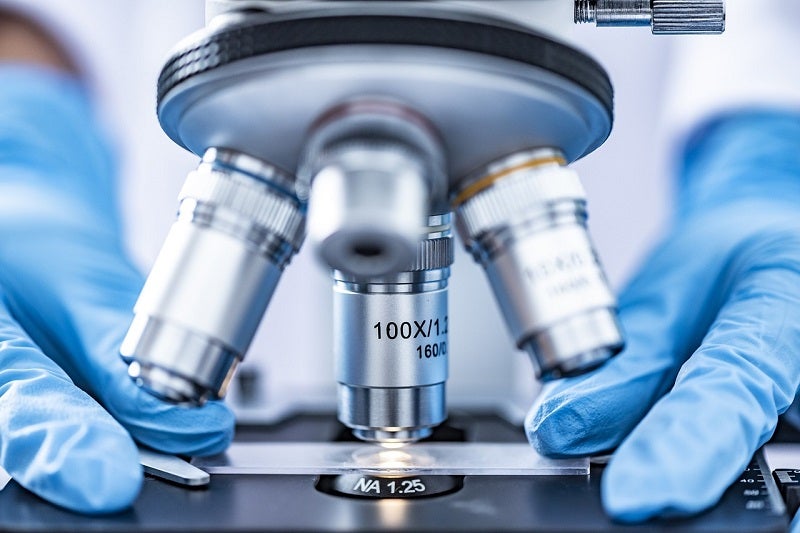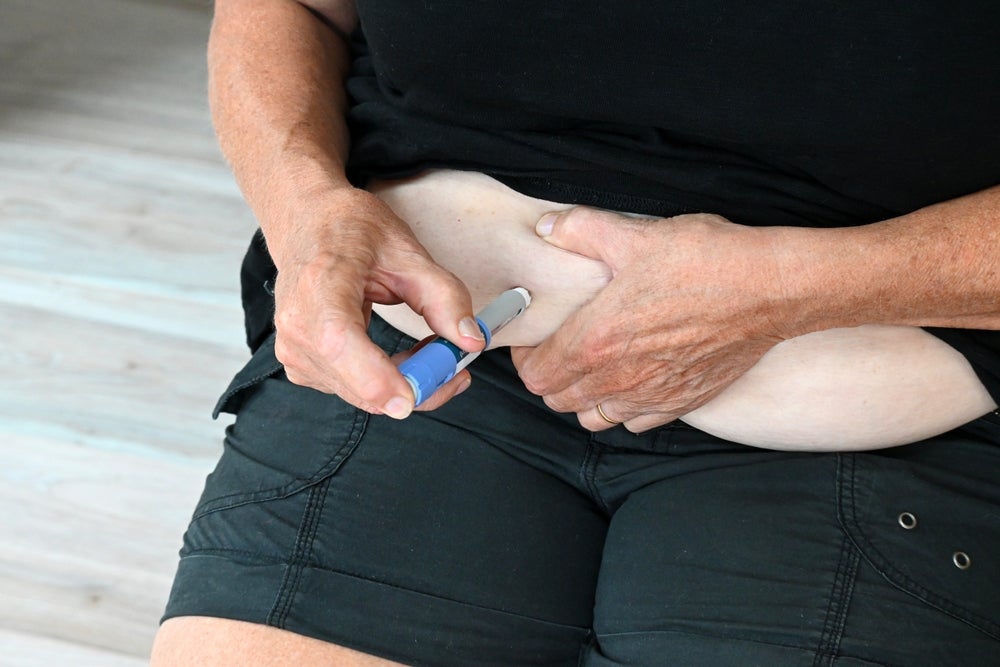
Escient Pharmaceuticals has commenced a Phase II clinical trial of selective MRGPRX4 antagonist EP547 in cholestatic pruritus subjects.
The Phase II randomised, double-blind, placebo-controlled PACIFIC study has been designed for evaluating EP547’s safety, efficacy, and tolerability in subjects with cholestatic pruritus due to primary biliary cholangitis (PBC) or primary sclerosing cholangitis (PSC).
Nearly 58 patients with moderate-to-severe pruritus due to PBC or PSC will take part in the trial, which consists of a six-week double-blind treatment period.
Subjects in this period are randomised in a 1:1 ratio to receive 100mg EP547 or a placebo, dosed orally once a day, followed by an open label extension period for six weeks.
During this period, all subjects will receive EP547.
Variation from baseline to week six in itch intensity is the study’s primary efficacy endpoint.
How well do you really know your competitors?
Access the most comprehensive Company Profiles on the market, powered by GlobalData. Save hours of research. Gain competitive edge.

Thank you!
Your download email will arrive shortly
Not ready to buy yet? Download a free sample
We are confident about the unique quality of our Company Profiles. However, we want you to make the most beneficial decision for your business, so we offer a free sample that you can download by submitting the below form
By GlobalDataEscient Pharmaceuticals president and chief medical officer Christian Weyer said: “Building upon the excellent safety, tolerability, and PK profile of EP547 in our previously completed Phase I study, we are excited to initiate the Phase II PACIFIC study, designed to establish definitive clinical proof-of-concept of MRGPRX4 antagonism in cholestatic pruritus.
“While the initial focus of our clinical programme is focused on PBC and PSC, we believe EP547 has broad potential as a targeted anti-pruritic treatment for other forms of intra- and extrahepatic cholestasis.”
MRGPRX4 is a cell surface receptor that is expressed on sensory neurons activated by bile acids, bilirubin, and other heme metabolites.
It is expected to serve as a key mediator of the intense itch often experienced by patients with cholestatic liver disease.







